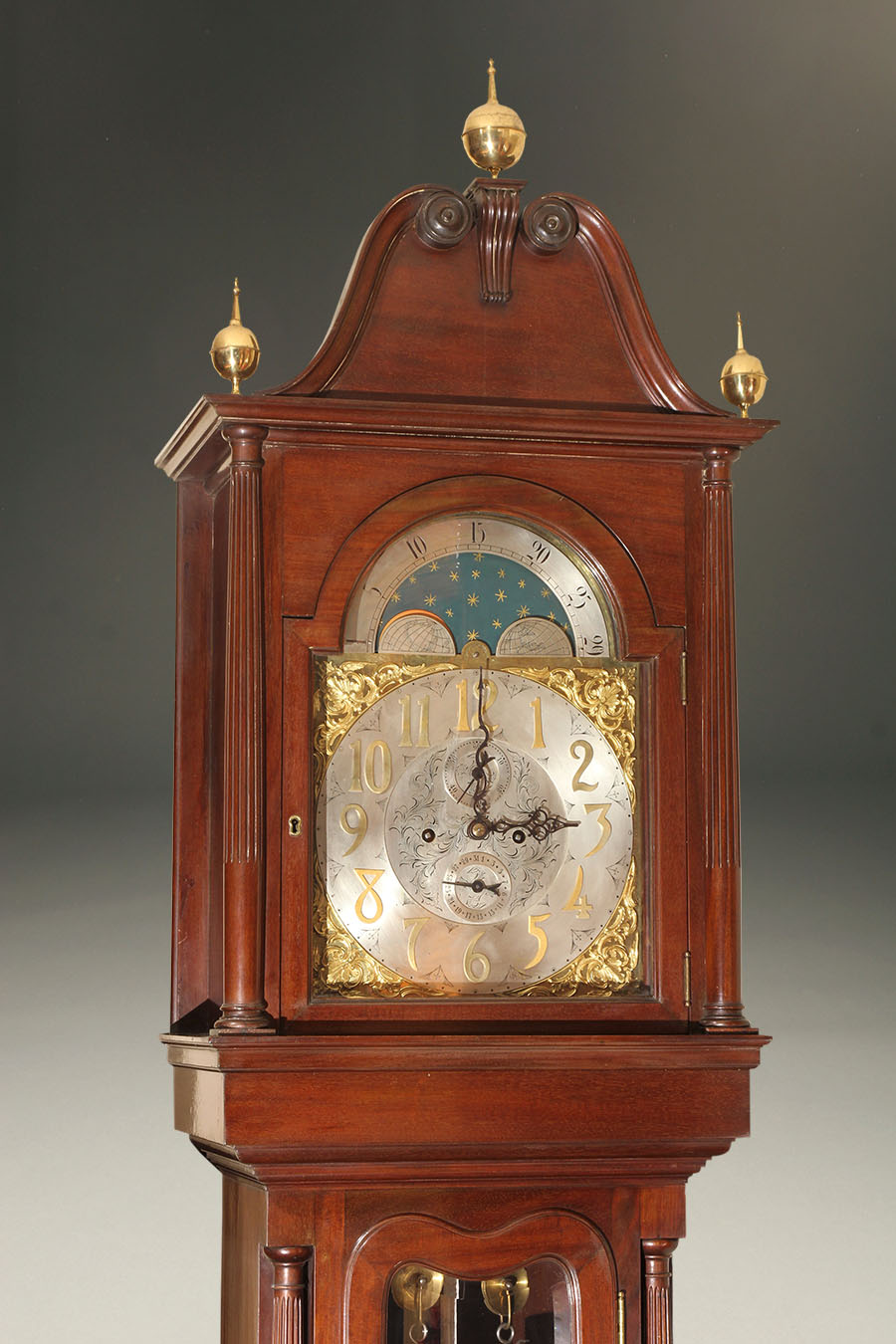
What is it for?Ĭreate an account or login in order to post a comment. Is it possible to wind only the time-keeping mechanism without winding rhe chime? Will the clock still fincrion as previously without chiming? If yes to both, which winder contols the time-keeping mechanism, and which controls the chime? Also, there is what appears to be a much smaller keyhole directly above the "12", which has the letter "S" on the left, and the letter "F" on the right, with a cueved double pointed arrow spanning the distance between the two letters. Additionally, the label reads 4110 in mine.

I have a Plymouth with the same detailinf as described in the post above. But in reality that was a blessing, as it signaled a cleaning/oiling being required, thus effectively extending the life of the clock by lessening the wear! Think of a clock stopping from friction as a sort-of Idiot Light or "Service Required" light on a car dashboard. But again note that when the clocks became dirty over time, the friction would often cause them to stop a bit sooner with the weaker springs. The clocks generally ran fine like this and the weaker springs were still able to power the clocks adequately. Another "trick" was to remove the mainsprings and replace them with slightly less powerful ones. Keeping them clean and oiled will make the last a lot longer without requiring new bushings. Inner Beauty Queen Vintage Emporium 800 Sale Price OFFER Swiss Silver & Enamel Miniature Boudoir Clock AC Silver 2,870 Antique Mahogany Grandfather Tall Case Clock by J.E. If you plan on using this clock for the long-term be sure to have it cleaned and lubricated ever 5-6 years as they had mainsprings that were quite strong and caused a lot of wear in the bushings.
#Vintage clockx series#
Great clocks and yours uses the 4000 series movement which replaced the costlier Seth Thomas 89 around the mid to late 1930's.
#Vintage clockx code#
Basically the 4 digit model code (4506, 4503, etc) had this info, as well as whether the clock struck on the half/hour or quarterly. The 4 digit model designations varied on the 4000 series movements and usually designated the distance of the strike hammers from the movement (different size cases so different lengths required to fit this movement into them), and sometimes the lengths of the winding arbors and hand shafts varied as well. The 4000 series (like the 89) had the hour/half hour strike OR had the quarter hour "bim-bam" strike option (a dollar or more for the bim-bam back then vs. The 89's had the Fast Slow more towards the center of the dial below the center, the 4000's had it above "12". Your clock here uses the 4000 series which was produced to replace the costlier Seth Thomas 89 movement in the late 1930s. I have the same clock with 1702 stamped on the movement. When serviced every 3 to 5 years they are very reliable & will last a lifetime. Depending on condition, most sellers would probably ask $100 to $175. Yours, with the 38 8 marking was made in August 1938. Plymouth Clock was a division of Seth Thomas.


 0 kommentar(er)
0 kommentar(er)
